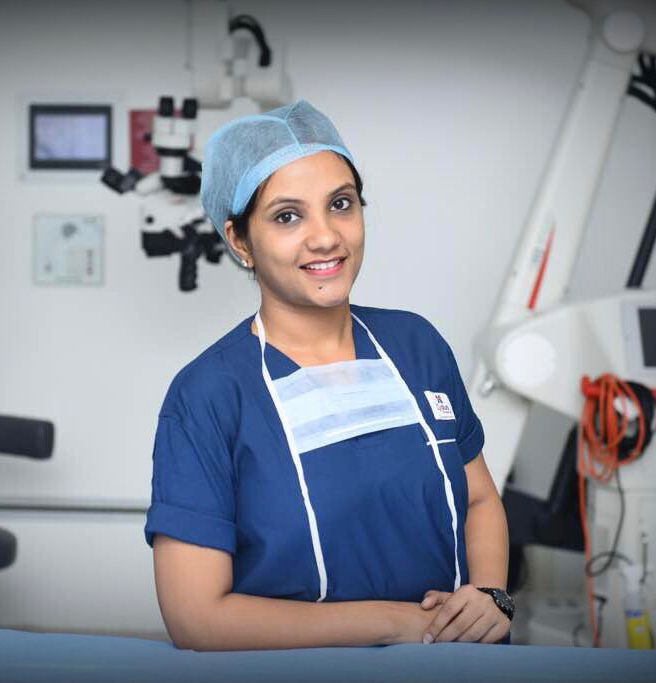As a woman, you’re no doubt aware of the importance of breast health, but do you know the early signs of breast cancer? Despite the fact that the precise causes of breast cancer are not yet entirely understood, there are some risk factors that raise a person’s chance of getting the illness. It is vital to be aware of the early indicators of breast cancer because early detection and treatment are essential for increasing a person’s chances of surviving the disease.
In this article, the early signs of breast cancer and the advice on how to avoid it is discussed. You can take charge of your health and lower your chances of acquiring this potentially fatal condition by learning:
- Early diagnoses of breast cancer
- Proactive measures to lower your risk
Early Signs and Symptoms of Breast Cancer
Individuals may experience different early breast cancer symptoms, however some of the most typical ones are as follows:
- Unusual signs/tumor under the arms or in the breast region
A tumor or lump in the breast tissue is the most typical indicator of breast cancer. This mass or lump may feel firm or dense, and it may be tender to the touch or not. Although not all breast lumps are malignant, every new tumor or lump should be checked out by a physician.
- Alterations in breast size or form
Changes in breast size or shape are another indicator of breast cancer. The breast tissue may enlarge, thicken, or develop dimples as a result. One breast may occasionally differ in size than the other.
- Nipple inversion or discharge
Nipple changes may also indicate breast cancer. This may involve a nipple that is inverted, red, scaly, or bloated, or one that turns inward. Additionally, you can experience nipple discharge, which can be clear, red, or milky in colour.
- Changes to the breast skin’s texture or appearance
Breast cancer symptoms might also include changes to the skin of the breast or nipple. This can include skin that looks puckered or thickened, as well as redness or warmth in the breast tissue.
- Discomfort in the breast
Although less often than other symptoms, breast discomfort or tenderness can potentially be a sign of breast cancer. It’s crucial to see a doctor if you suffer breast discomfort or soreness that is not connected to your menstrual cycle.
Although not all breast lumps or changes are cancerous, it is still important to get the changes assessed by a breast cancer surgeon to rule out breast cancer.
Breast Cancer Screening
The early detection and treatment of breast cancer depend on routine breast cancer screening. Women should start obtaining routine mammograms after the age of 45, as recommended by the American Cancer Society or sooner if a doctor advises it. Mammograms are a particular kind of X-ray that can spot abnormalities in the breast tissue even in the absence of symptoms. Women should undertake monthly breast self-exams in addition to mammography and notify their doctor of any changes.
Early Detection Saves Lives
Although early detection and treatment can significantly increase a person’s chances of surviving the disease, breast cancer remains a major health concern for women around the world. For early detection and treatment, it’s essential to be aware of breast cancer early warning signs and undergo regular screenings resulting in a longer and healthier life. You may take charge of your health and lower your risk of having breast cancer by becoming aware of your risk factors for the disease and taking precautions to lower them, such as keeping a healthy weight and abstaining from alcohol.



